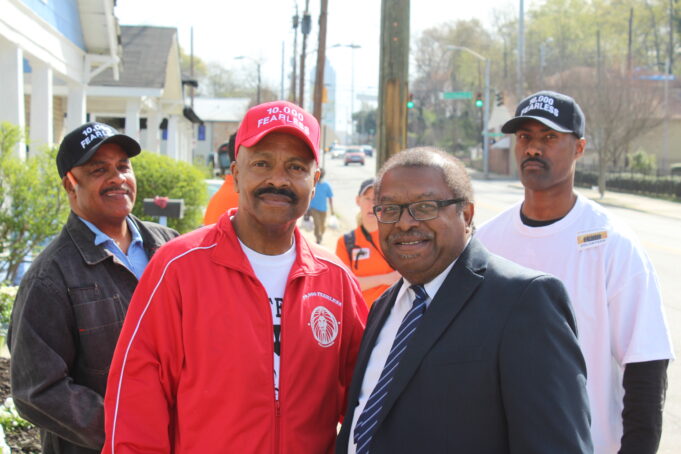New Chicago, a majority Black neighborhood in North Memphis, used to be a thriving community. But over time, businesses dwindled and left behind poverty in their wake. Other thriving Black neighborhoods, such as Greenwood, or Tulsa, Okla.’s Black Wall Street, and Rosewood, Fla., were destroyed, its people massacred. And then there was New York City’s Seneca Village, a hub for Black property owners before the Civil War. But they were forced to leave so that the city could develop the land into what is now Central Park.

“The policies that a lot of urban planners and policymakers have implemented in communities, particularly Black communities—I think it depends how far back you want to go—have structurally disrupted communities,” said Stacey Sutton, an associate professor in the Department of Urban Planning and Policy at the University of Illinois at Chicago and the director of applied research at the university’s social justice initiative. “They built highways, exacerbated or created redlining, they disinvested in areas, they supported the private sector and businesses and industry relocating out of those areas,” she said.
According to the 2017 census, there are 1,262 majority-Black cities in the United States, but many of them have suffered from White flight, gentrification or other issues that impact Black communities, including highways tearing communities apart.
Amy Stelly, an artist and architectural and urban designer, has been fighting to remove the Claiborne Expressway, a piece of infrastructure that caused the majority-Black neighborhood Tremé in New Orleans to decline.
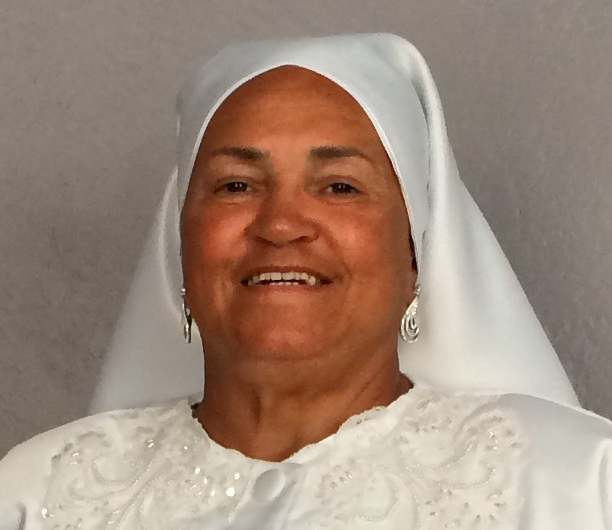
“I was born and raised here. The city back in the 1920s, a century ago, declared parts of Tremé slum. And that gave them the ability to come in and do eminent domain, which put people out of their houses. It gave them the latitude to build the urban highway, which was a planning decision; it was an urban planning decision that was designed to carry out the wishes of Dwight Eisenhower, because he wanted to see the interstate system throughout the country,”
Ms. Stelly said. “So by declaring Black neighborhoods slums, by using tools like redlining to determine where things like these highways go, those are ways that racist planning affects Black neighborhoods.”
With despair surrounding the wasted Black cities of America, many have found hope in President Joe Biden’s new $2 trillion American Jobs Plan, which is focused on improving the country’s infrastructure and switching to greener energy over the next eight years.
According to the White House Fact Sheet, President Biden’s plan includes $20 billion for a “new program that will reconnect neighborhoods cut off by historic investments and ensure new projects increase opportunity, advance racial equity and environmental justice, and promote affordable access.” The plan will also “eliminate all lead pipes and service lines in our drinking water systems, improving the health of our country’s children and communities of color.”
But Dr. Abdul Haleem Muhammad, an urban planner out of Houston, Texas, and the Nation of Islam’s Southwest Regional Minister, said Black people will not benefit from the plan if they do not own construction-related companies and do not have access to capital.
“We will not benefit from it if we don’t have the ability to acquire the skills to own the construction trade skills,” he said.
Both he and Ms. Sutton explained that in order to benefit from the plan, Black people in construction need to be unionized.
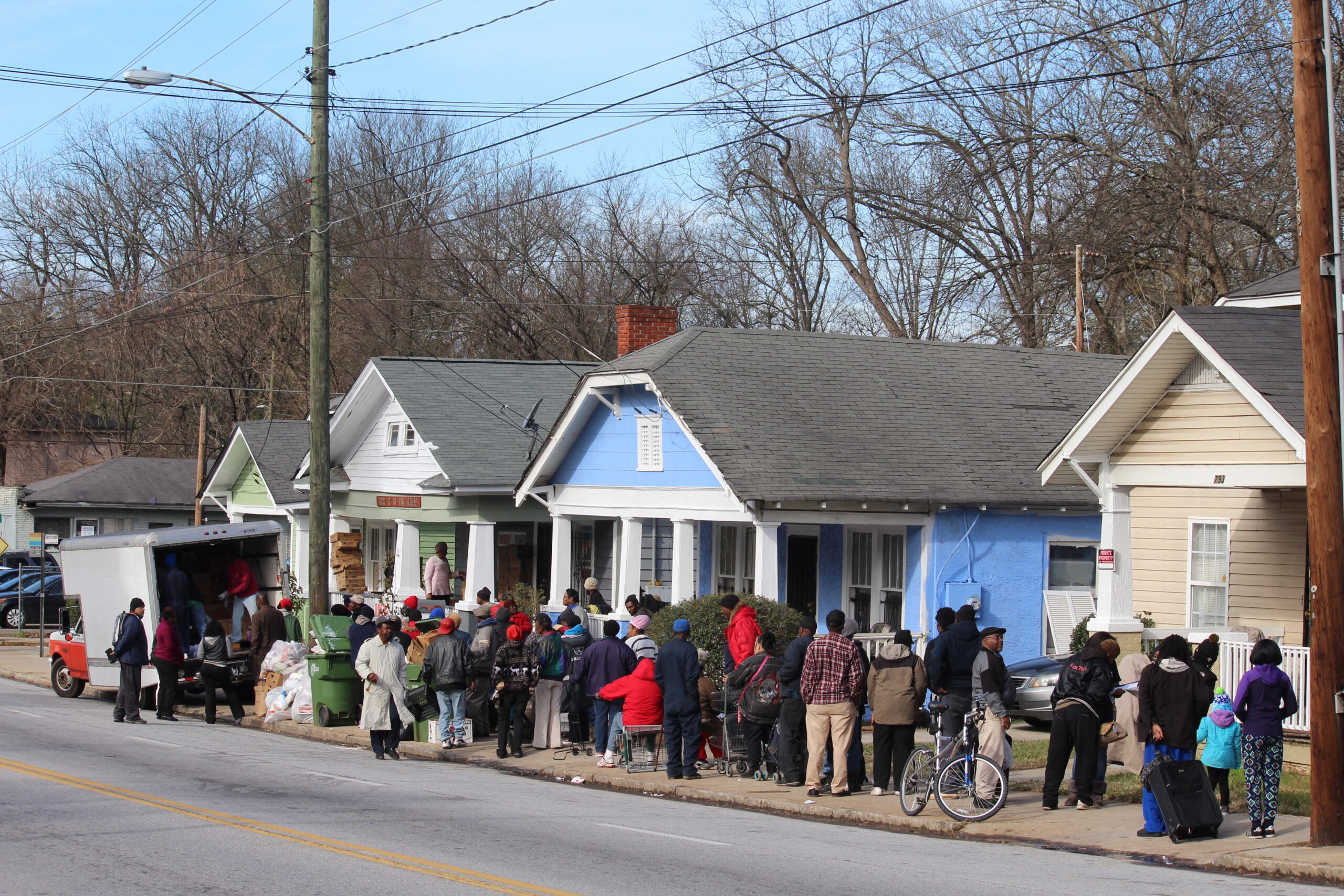
“The dissemination of resources has always been about finding credible contractors that can then make subcontracts, especially in construction. So there’s all this money coming in, you find a minority contractor, and then they hire subcontractors, and then they produce x number of union jobs. But if we’re not in those unions, we’re not getting those jobs,” Ms. Sutton said.
Ms. Stelly’s focus is on the $31 billion that is included in the plan that will go toward creating a national network of small business incubators and innovation hubs. “That is the piece that would allow Black people to form these small construction companies. If we have funding to start companies like this, then we can bid competitively for jobs,” she said.
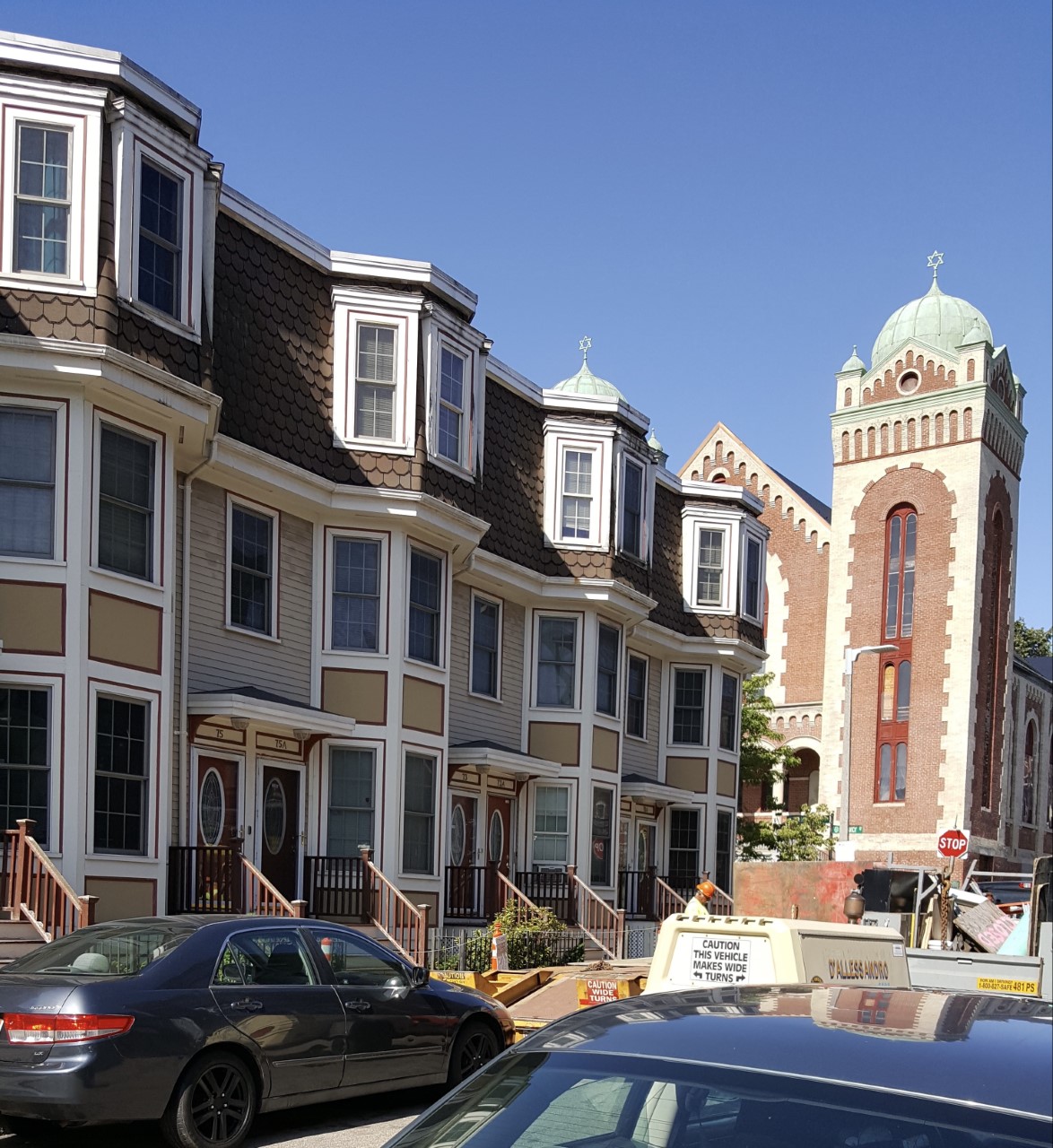
She said that piece might be able to give Black people a chance to jump into the development game. “I spoke to someone not long ago who was just given a $40,000 grant, and I thought ‘oh my God, I wish somebody would just knock on my door and say here’s $40,000.’ But that particular person is steeped in the profession, has been in the profession and doing well, but he’s a White male, right, so he has opportunities fall in his lap,” she said.
“I have to fight for that as a Black woman, or I’m sure Black men would have to fight for that, and it was just given to him. And when he told me that, I looked up at him, and he told me I gave him a hound dog look,” Ms. Stelly recalled. “I don’t know what my face looked like, but I was shocked that money flows among people who aren’t Black, particularly White people. Money flows, and they don’t bat an eye. It’s normal to them, and we struggle. So if the Biden administration keeps their word and provides money so that we can begin to start these companies and businesses, then I think we’ll be on our way.”
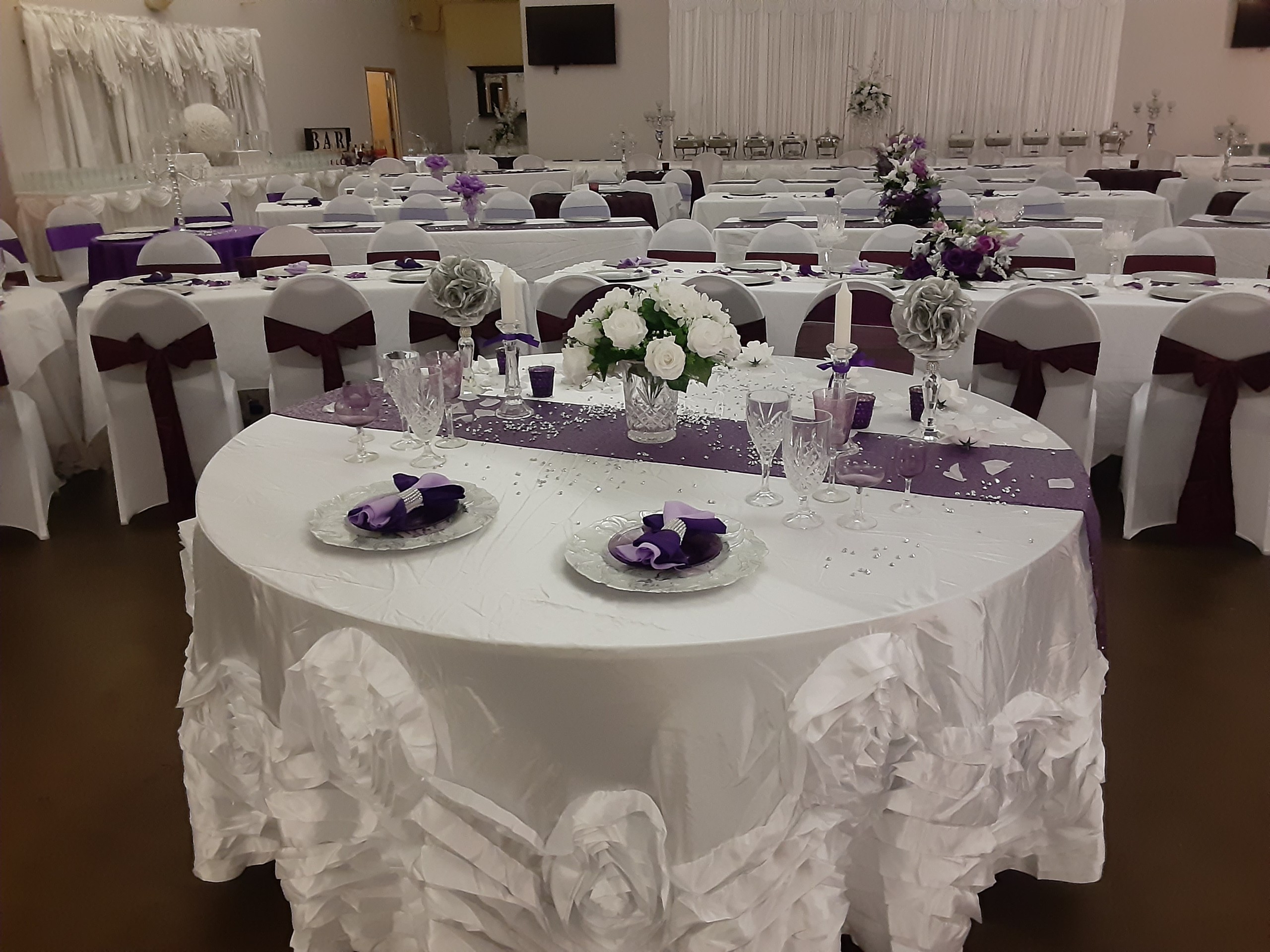
She said one thing New Orleans offers is a provision to invest in apprenticeships and that Black people should start taking advantage of apprenticeships and training people in the building arts.
“In Chicago, there could be apprenticeships for bricklayers. Chicago’s a brick city now, but how many young people grow up saying I want to be a bricklayer because I love that building because the brickwork is beautiful? Not many Black kids grow up saying that, and we’re not always encouraged to say that anymore,” she said.
Dr. Haleem Muhammad said the solution to rebuilding the wasted Black cities of America lies in rebuilding human beings.
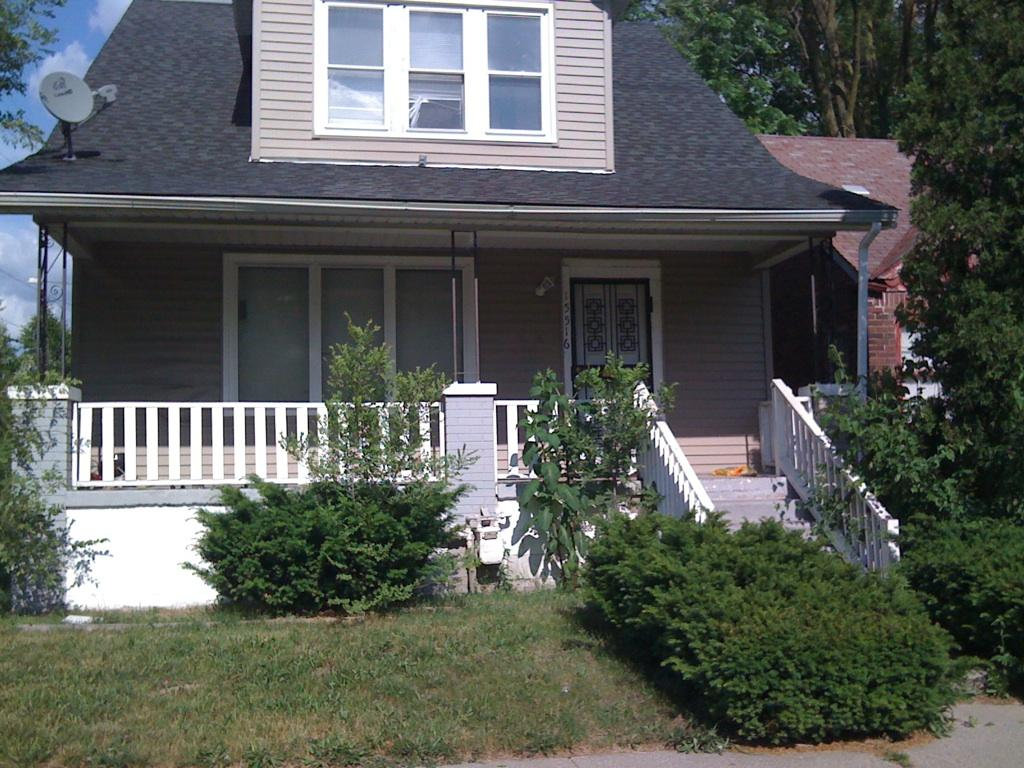
“We have to rebuild the human beings that live in those cities. So one, we have to go from being renters to owners, we have to go from being consumers to producers and we have to go from being employees to employers,” he said. “Two, we have to create, in all of the urban areas, construction trade schools to teach our sons and daughters the construction trades necessary to rebuild the wasted cities.”
Ms. Sutton shared that Black people need to acquire land, but developers also have to sit down with the community.
“You have to acquire the land, then you have to have community meetings to engage with the community in terms of what they want in their community. You don’t want to be a developer from outside coming in and saying, ‘Oh, we’re gonna build a big mall here, because it’ll be pretty.’
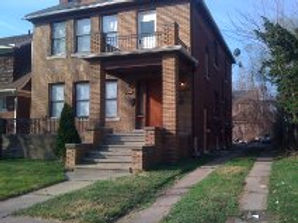
No, did anybody ask for that? You have to do these community meetings to get a sense of what’s needed and wanted,” she said. “You have the land, you’ve done the meetings, you come up with a plan. Write a plan. How does developing this site or these sites connect to other things the community needs?
Improve schools, the roads, the commercial corridors. All of these things are integrated, and that’s where you bring in community planners, right, to sit with community and elected officials to write plans. It’s not just developing these three buildings. Those three buildings are connected to fabrics of the community.”
She said Black people need to move strategically and work together, because a wealthy few will not change the condition.
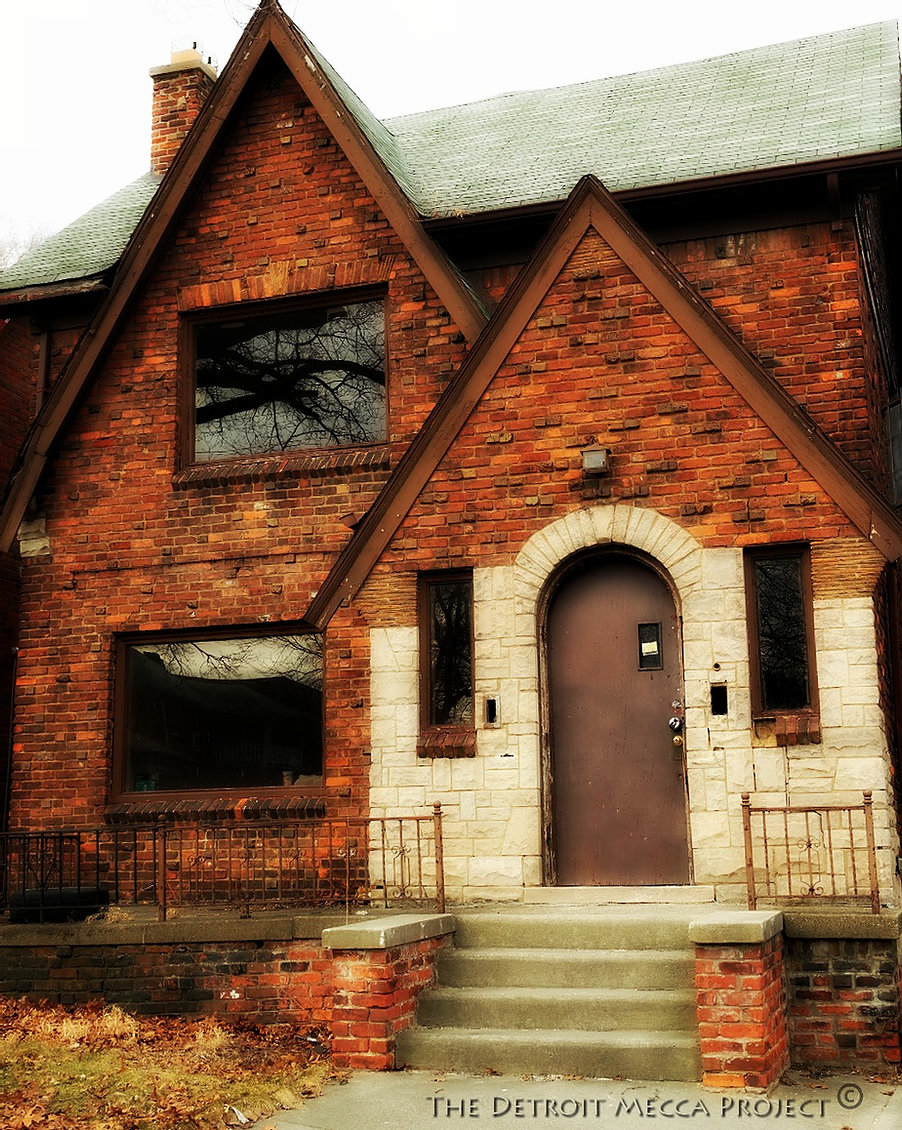
“We have very wealthy Black people currently. Our condition as a collective has not changed. So that means we need to do something fundamentally different,” she said. “When you think about things in terms of cooperative economics, and that means that there won’t be one or two millionaires and billionaires, but we need to think more broadly so that more people can have good living conditions.”
In his book “Message to the Blackman in America,” the Honorable Elijah Muhammad, the patriarch of the Nation of Islam, went into detail about an economic blueprint plan that would end poverty and want. The plan would require Black wage earners to pool their resources into a collective fund that would be used to acquire land and build the Black community.
“He gives us the blueprint on how to do it, and he goes on to tell you don’t be afraid to take advice from those who know more than you do or (are) more experienced than you are,” Dr. Haleem Muhammad said. He also echoed the need for land ownership.
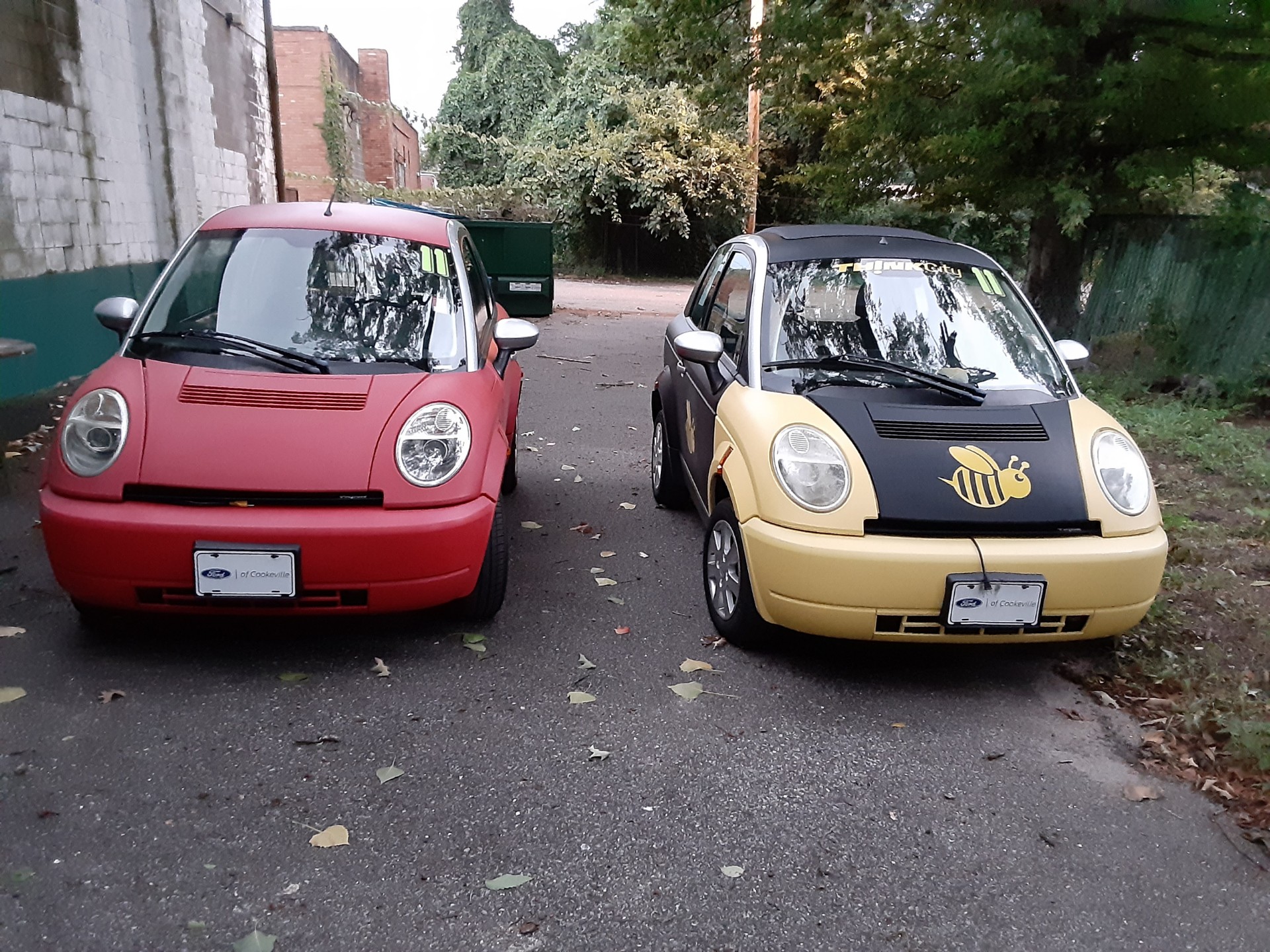
“We must acquire land. We also have to acquire farmland, cropland, so that we can feed our people, and that’s outside of the cities, that’s outside of the city. We have to acquire that land, also, and we can build communities there under the concept of agrarian urbanism,” he said. Agrarian urbanism, he explained, is when a community revolves around agricultural production.
But even with learning the skills and trades to rebuild the wasted cities, the pooling of resources and the buying of land, Dr. Haleem Muhammad said, “Urban renewal will come after our spiritual and mental renewal.”
(This is one of a series of occasional articles spotlighting efforts of Blacks to do for self, to own reality and make their communities safe and decent places to live.)












